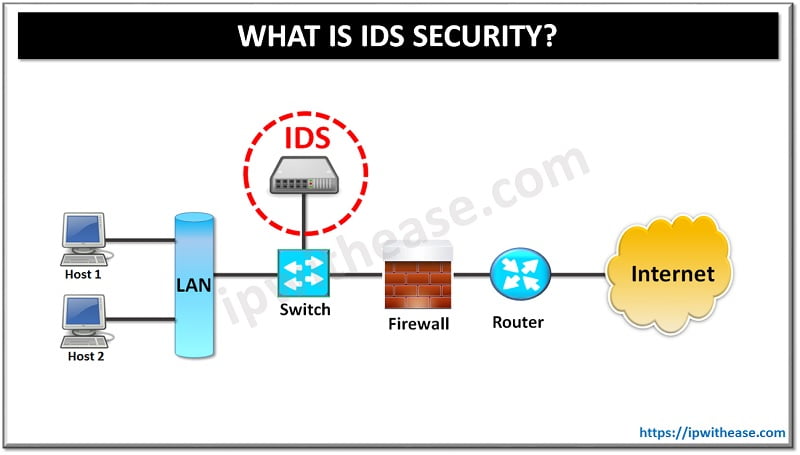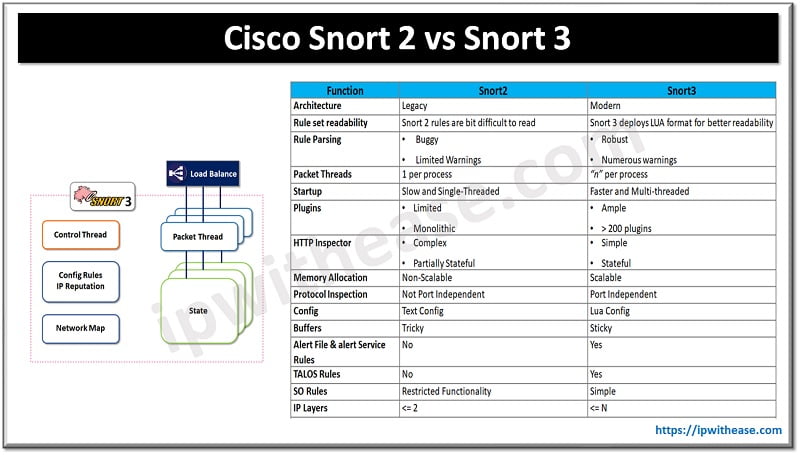Security vulnerability detection has been essential to the software development lifecycle for decades. Early approaches involved manual code reviews and testing, which were time-consuming and often incomplete. As software complexity increases, automated tools are needed to detect vulnerabilities.
However, Static Application Security Testing (SAST) tools can produce many findings, which can overwhelm development teams. This is where SAST triage comes in, providing a process for prioritizing and addressing the most critical vulnerabilities.
SAST Triage in a Nutshell
SAST is a form of application security testing that examines the source code or compiled code for potential vulnerabilities without running the code itself. SAST can identify security vulnerabilities such as SQL injection or Cross-Site Scripting (XSS) in applications early in the development cycle.
SAST Triage is a process of analyzing the results of a SAST scan to prioritize and categorize the identified vulnerabilities for remediation. It involves triaging the results and deciding which vulnerabilities to address based on the severity, impact, and other factors.
An example use case for SAST Triage is when an organization uses SAST to scan its web application code and identify potential security vulnerabilities. The SAST tool generates a list of identified vulnerabilities, which are then triaged by the security team to prioritize the most critical issues for remediation.
Prioritizing of Vulnerabilities Discovered by SAST
When prioritizing vulnerabilities in SAST, organizations can take a few common approaches.
Severity-based Prioritization
Vulnerability prioritization using the Common Vulnerability Scoring System (CVSS) is a standard practice based on their severity.The higher the severity level, the more critical the vulnerability is, and the organization can then focus on fixing the most severe vulnerabilities first.
Risk-based Prioritization
This approach prioritizes vulnerabilities based on their potential impact on the organization’s operations, reputation, and customers. For example, vulnerabilities that affect critical business functions or customer data might be considered higher risk and prioritized accordingly.
Business-criticality Prioritization
This approach prioritizes vulnerabilities based on the criticality of the affected business process or system. For example, vulnerabilities that impact core business systems might be prioritized over those that affect non-critical systems.
Compliance-driven Prioritization
This approach prioritizes vulnerabilities based on compliance with regulatory requirements or industry standards. For example, vulnerabilities that violate HIPAA regulations or PCI DSS requirements might be given higher priority.
Time-to-remediation Prioritization
This approach prioritizes vulnerabilities based on the time required to remediate them. Vulnerabilities that can be remediated quickly and efficiently are given higher priority, while those that need more time and effort may be deprioritized or scheduled for later remediation.
Technical debt Prioritization
This approach considers the overall technical debt associated with the vulnerability, including the effort required to fix it and the impact of not remedying it. The goal is to balance the effort required to remediate the vulnerability with its overall impact on the application’s security posture.
Remediation of vulnerabilities
When remedying vulnerabilities, organizations would choose an approach that aligns with their business objectives.
Remediating Root Causes
The Root Cause approach addresses the underlying causes of vulnerabilities, such as insecure coding practices, misconfigurations, or outdated libraries. This may involve investing in developer training or implementing coding standards to prevent similar vulnerabilities from being introduced.
Code Changes
In many cases, the most effective way to remediate a vulnerability is to make code changes to remove the underlying issue. This may involve patching code or modifying configuration settings to address the vulnerability.
Third-party Patches or Upgrades
If a third-party library or component causes vulnerability, obtaining a patch or upgrade from the vendor may be necessary to address the issue.
Verification and Testing
After remediation, it’s essential to verify that the vulnerability has been appropriately addressed and that no new issues have been introduced. This may involve re-running the SAST scan and other types of security testing, such as dynamic analysis or penetration testing.
Conclusion
SAST is essential to any robust application security program. By analyzing the source code of an application, SAST can identify potential security vulnerabilities early in the software development lifecycle before attackers can exploit them.
SAST tools generate a large number of findings, making it overwhelming for developers. SAST triage prioritizes critical vulnerabilities for efficient resolution, improving software security and preventing costly security incidents.
Continue Reading:
DAST – Dynamic Application Security Testing
Managed Detection and Response (MDR) – Cyber Security
ABOUT THE AUTHOR
IPwithease is aimed at sharing knowledge across varied domains like Network, Security, Virtualization, Software, Wireless, etc.



